How to Read a Windsock
Pilot Institute
JANUARY 3, 2025
Although modern airports utilize advanced weather monitoring systems, windsocks are still valuable because they provide immediate, visual feedback that you can rely on. As a private pilot, you may fly to or from airports that do not have advanced weather reporting systems. Why does this matter?


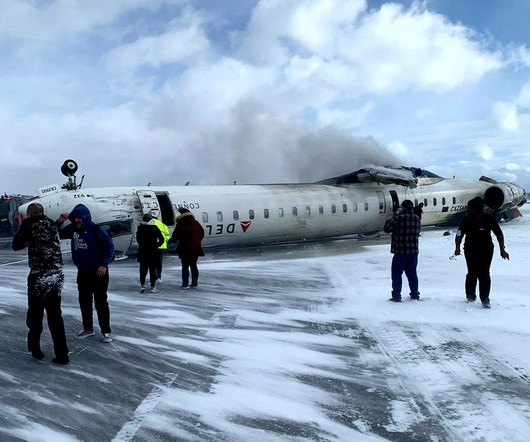
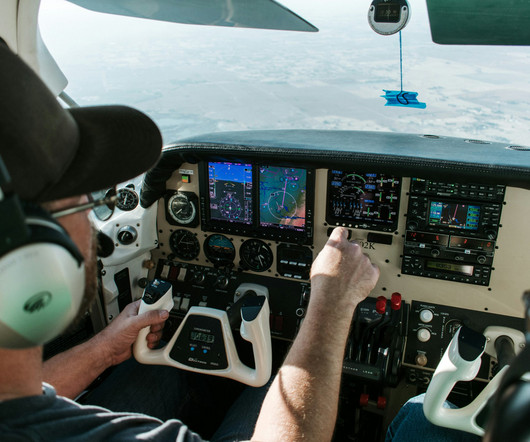


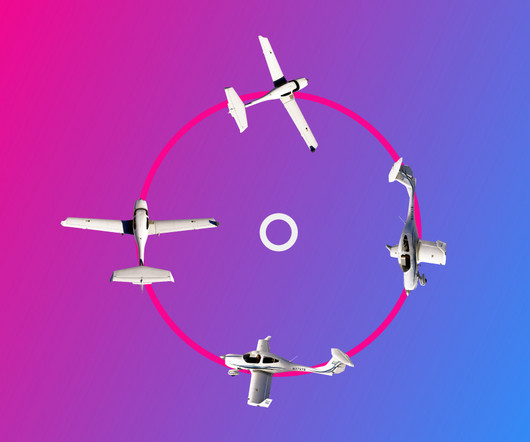






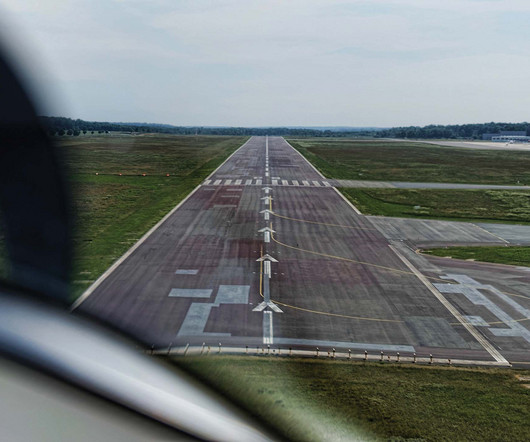


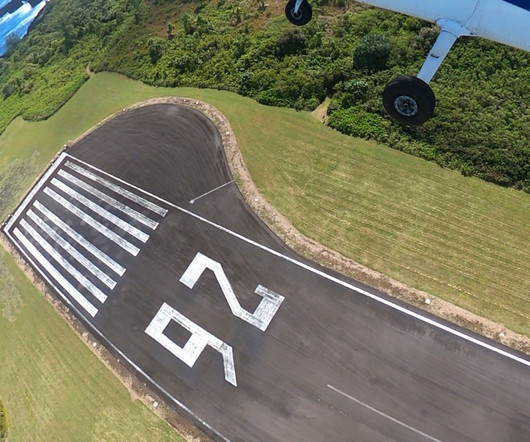








Let's personalize your content